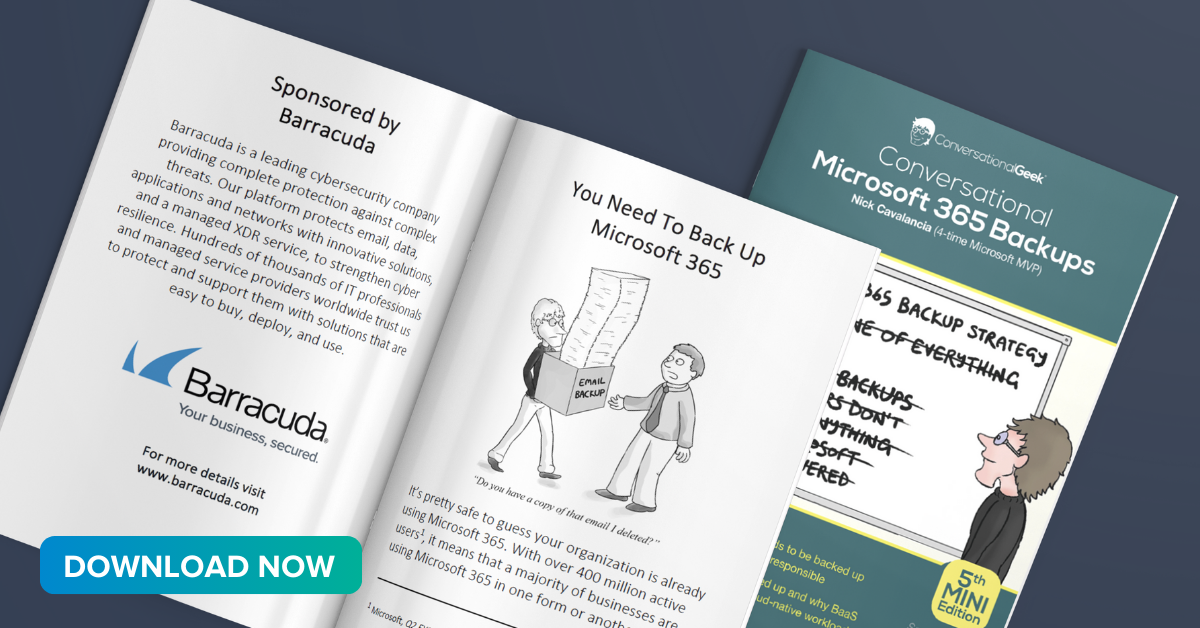 Earlier this year Starbucks CEO Howard Schultz was harpooned by the media and customers for the poorly conceived “Race Together” campaign that encouraged baristas and store managers to engage customers in conversations about racial tension and inequality by writing #RaceTogether on coffee cups. The backlash was so bad that Starbucks’ head of communications was forced to temporarily suspend his Twitter account, which threw more gas on the fire, and several “town hall” meetings were called with employees and shareholders to deal with the shitstorm it kicked off. In an interview with FastCompany magazine, he commented, “[This mistake] reminds me every day that we’re not invincible. It was my idea, and it was a complete fu**-up.”
Earlier this year Starbucks CEO Howard Schultz was harpooned by the media and customers for the poorly conceived “Race Together” campaign that encouraged baristas and store managers to engage customers in conversations about racial tension and inequality by writing #RaceTogether on coffee cups. The backlash was so bad that Starbucks’ head of communications was forced to temporarily suspend his Twitter account, which threw more gas on the fire, and several “town hall” meetings were called with employees and shareholders to deal with the shitstorm it kicked off. In an interview with FastCompany magazine, he commented, “[This mistake] reminds me every day that we’re not invincible. It was my idea, and it was a complete fu**-up.”
Reading about this reminded me of a recent coaching call with a very successful, long-term member running a multimillion-dollar MSP. I listened as he shared his own shitstorm of problems that had all cropped up in a relatively short period of time. They ran the gamut from losing one really key employee to operational nightmares, having to fire a handful of rogue employees only to then have a number of good clients leave within a short period of time, some to “natural causes” such as acquisition but others due to service failures resulting from the employee turnover.
All of this will result in this year’s revenues being down by almost a third of what they were last year, with still a BIG FAT mess on his hands to deal with that is going to take a while to untangle. In a word, disheartening. This member shared with me a desire to hang it up. Fire everybody, lock the doors, and tell ’em all to go to hell. Believe me, I understand.
All high-achievers have low points like this—and getting through them requires mental fortitude  that is often depleted by the unending stream of problems that beat down on you daily, causing you to give entirely too much focus to the things that are bad, broken, imperfect, and still undone, which then often attracts even MORE problems, MORE negativity, and can alienate the good employees, partners, and customers you have because no one wants to deal with a distracted, disgruntled, and generally unhappy CEO. What you focus on multiplies. This brings me to three key strategies to keep in mind when going through any type of exceptionally difficult period in business.
that is often depleted by the unending stream of problems that beat down on you daily, causing you to give entirely too much focus to the things that are bad, broken, imperfect, and still undone, which then often attracts even MORE problems, MORE negativity, and can alienate the good employees, partners, and customers you have because no one wants to deal with a distracted, disgruntled, and generally unhappy CEO. What you focus on multiplies. This brings me to three key strategies to keep in mind when going through any type of exceptionally difficult period in business.
Survival strategies
First, get around positive, successful entrepreneurs. I’m not talking about the down-by- the-river “everything is awesome” crowd who simplistically believe positive thinking is the answer to every problem. Like the Despair poster says, if a pretty poster and a cute saying are all it takes to motivate you, you probably have a very easy job—the kind that robots will be doing soon.
And for goodness’ sake, make sure they’re successful themselves. The last thing you need is to take advice from someone who hasn’t been there, done that. I see a LOT of really BAD advice given on forums by other business owners who are clueless about the topic about which they are giving their opinion. This is why I believe it’s critical for every entrepreneur to have a mastermind of trusted colleagues and coaches they can call on in the difficult times.
Second, redouble your efforts and focus on marketing and communication to the good clients you have. When Schultz came under fire in 2013 for his public stance on another social issue—support of same-sex marriage—he shot back, “If you feel, respectfully, that you can get a higher return than the 38 percent you got last year, it’s a free country. Sell your stocks in Starbucks and buy shares in another company.” A LOT of negativity can be overcome if you’re making money.
Further, rogue employees, bad and lost customers, and any host of problems are big DISTRACTIONS to profitability and growth. Yes, you have to address them, but if you allow them to dominate every waking thought, their negativity will taint other relationships and drain your ability and energy to see and act on bigger opportunities—not to mention alienate the good relationships, clients, and employees you do have.
Build your economic moat
And finally, use whatever crap landed on your head as a sign to build a bigger moat around your business. Warren Buffet coined and popularized the term “economic moat” to describe a business’s ability to sustain and protect itself from competitive threats. I believe it’s more than just outside threats, but also INSIDE threats of bad employees, lack of systems, poor service, non- existent communication to clients, etc.
For years, I’ve asked clients to answer the following question: “What’s something a competitor could start doing or offer that would put you out of business?” Most gave quick, un-thoughtful answers like “Offer their services for free.” Others would leave it blank or ignorantly answer, “Nothing.” Pity. Those are the companies that end up getting blindsided. It is a question you ought to invest some time into answering, along with making a top 10 list of things that could put you out of business or at least have a significant, negative impact. For starters, make a list of all the “ones” in your business.
The ONE customer that you depend on for a large portion of your income. The ONE employee who has all the knowledge and history about a key operation within your business. The ONE good sales guy who can produce (yes, he’s a liability unless he’s successful due to a system you have in place that can be replicated by another). The ONE marketing process or JV partner who you depend on to feed you business. The ONE product you have most or all of your income tied to. The ONE software or application that would cause significant disruption and losses if turned off.
Since you can’t always have a “spare” for everything and everyone, the key is to recognize the “ones” and have a Plan B in the event one of your “ones” goes away. For starters, better documentation, systemization, and cross-training will go a long way. Also having more than one vendor, marketing campaign, system, etc. If you can, hire additional people for coverage or outsource at least part of a process to another company or person, so if an employee leaves, you have a resource in place that can potentially pick up a bigger share than what they’re doing now, without having to take the time to find, hire and train someone new. We currently pay another independent developer a few thousand a month just to shadow Jason, our developer for the Dashboard, as insurance against him going away.
When cash flow won’t allow that, divide a job up and give half to vendor A and half to vendor B, or half to employee A and half to employee B. In marketing, work your guts out to find three or four really good producing oil wells to feed you clients that can be dialed up or down. Not too long ago Canada passed a ridiculously restrictive and unreasonable anti-spam law that will only serve to punish productive, honest Canadian businesses. I’m sure there were a number of entrepreneurs that had the rug pulled out from under them much in the way fax broadcast companies did here in the States years ago when it became a Federal crime to fax someone a piece of paper.
Never stop fighting
But plan as much as you can, there will be times when the shinola hits the fan and you find yourself up to your neck in alligators, questioning everything you’re doing, disheartened, broke, and discouraged. Yes, Momma said there’d be days like this, and she was right as rain. Never think you are alone.
Every single high achiever gets their ass kicked once in a while. Bad months. Major screw-ups that cannot be easily fixed. Losses. Client problems. Cash flow dries up. Often all these hit simultaneously. Plowing through these moments and these difficulties instead of giving up is what separates us from the mediocre masses. Never forget you are one of the small few who get up every day to accomplish more, earn more, influence more and contribute more.
Being in business is not the sexy “Hollywood” version of what entrepreneurial life is depicted to be: fast cars, greed, and money. It IS a LOT of hard work, disappointments, crushing stress, uncertainty, risk, and personal sacrifice. Getting up every day to face THAT takes a pair—and that is the difference between us and mere mortals who make up the masses who would give up and give in if they had to face these challenges. Who look to our government to make their lives easier.
WE do not ask for a handout. We are resilient. Self- disciplined. Self-motivated. We take responsibility for our actions. We make things right and make something from nothing. And at the end of the day, when all the dust settles and everyone else has gone home, we’re still here standing strong, ready to take the next hit, score the next goal, take it to the next level. Do we want to give up? Lie down? Take it easy for ONCE? You betcha. Do we? Heeeellll no. Take pride in the bruises, scars, and broken bones. They’re merely a sign of a true champion.
Photo Credit: John Liu via Flickr.com. Used under CC 2.0 License.
